Williams were one of the big winners of Formula One racing's last big regulation change, surging from five points and ninth in the standings to third, 320 points and nine podiums. No surprise then that the team have already switched most of their resources onto their 2017 efforts, when radical new rules come into effect. In an exclusive interview, technical director Pat Symonds talks us through the biggest challenges, the key areas to get right, and what it will all mean for those tasked with getting behind the wheel of a 2017 F1 car...
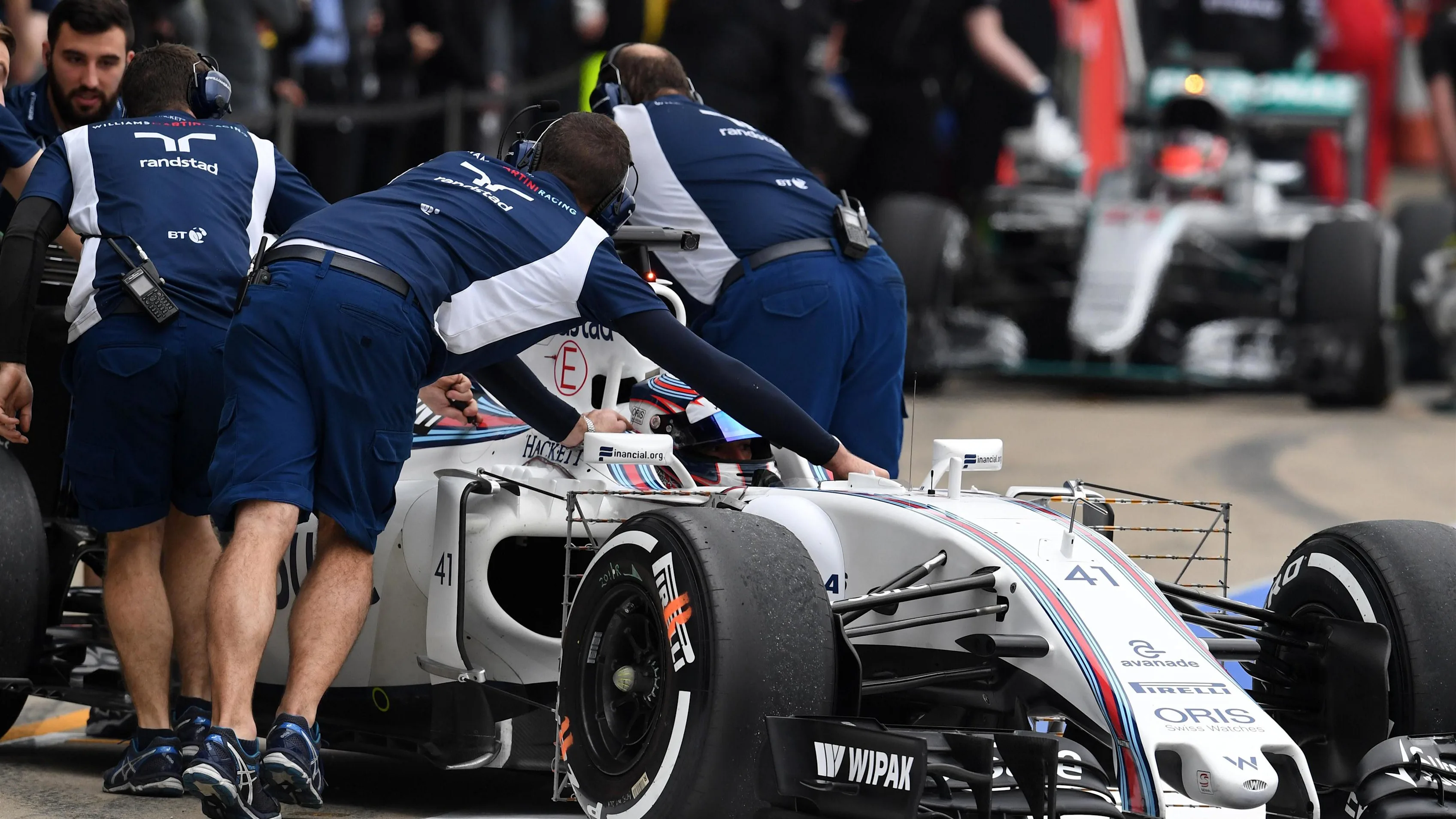
Our major switch happened a while ago; the majority of our people are working on next year's car
Q: Pat, you said in February that a late confirmation of the 2017 rules would favour the bigger teams and hurt the smaller ones. The rules have been confirmed, but fairly late - so are you feeling some pain?
Pat Symonds: Well, yes, not everything was confirmed in the normal time frame - but everybody knew what was coming. The minor little changes that we had recently really are the small bits that come out when you look at the details. In terms of the aerodynamic definition of the car, we were able to go on with that in February time. As for the 'halo' device, obviously we don't know exactly where that is going, so we have to catch up with that - but it's not fundamental. So no pain, but I still stand by what I said: the later the regulations come out, the more it favours the big teams as they have a lot of people to look at different areas. That does hurt us. But in actual fact we knew the outline of the car in February, so I am reasonably comfortable.
Q: Expectations are that most teams will be switching focus to 2017 around this time in the season. What is the intention at Williams?
PS: Hah! In fact, even before that - our major switch happened a while ago. There are still people working on the current car; we still have upgrades that we will bring. We have a new floor that we are bringing to Hungary, a new wing in Monza - so there are still plenty of things coming. But sure, the majority of our people are working on next year's car.
Q: When did the massive switch actually happen?
PS: It doesn't happen on a fixed date - it is more that as each project on the current car comes to an end, that person then switches to next year. The point at which we've had more people working on the 2017 car than the 2016 car probably occurred in early June - something like that. I am not sure exactly as we don't make headcounts on that, but early June is my estimation.
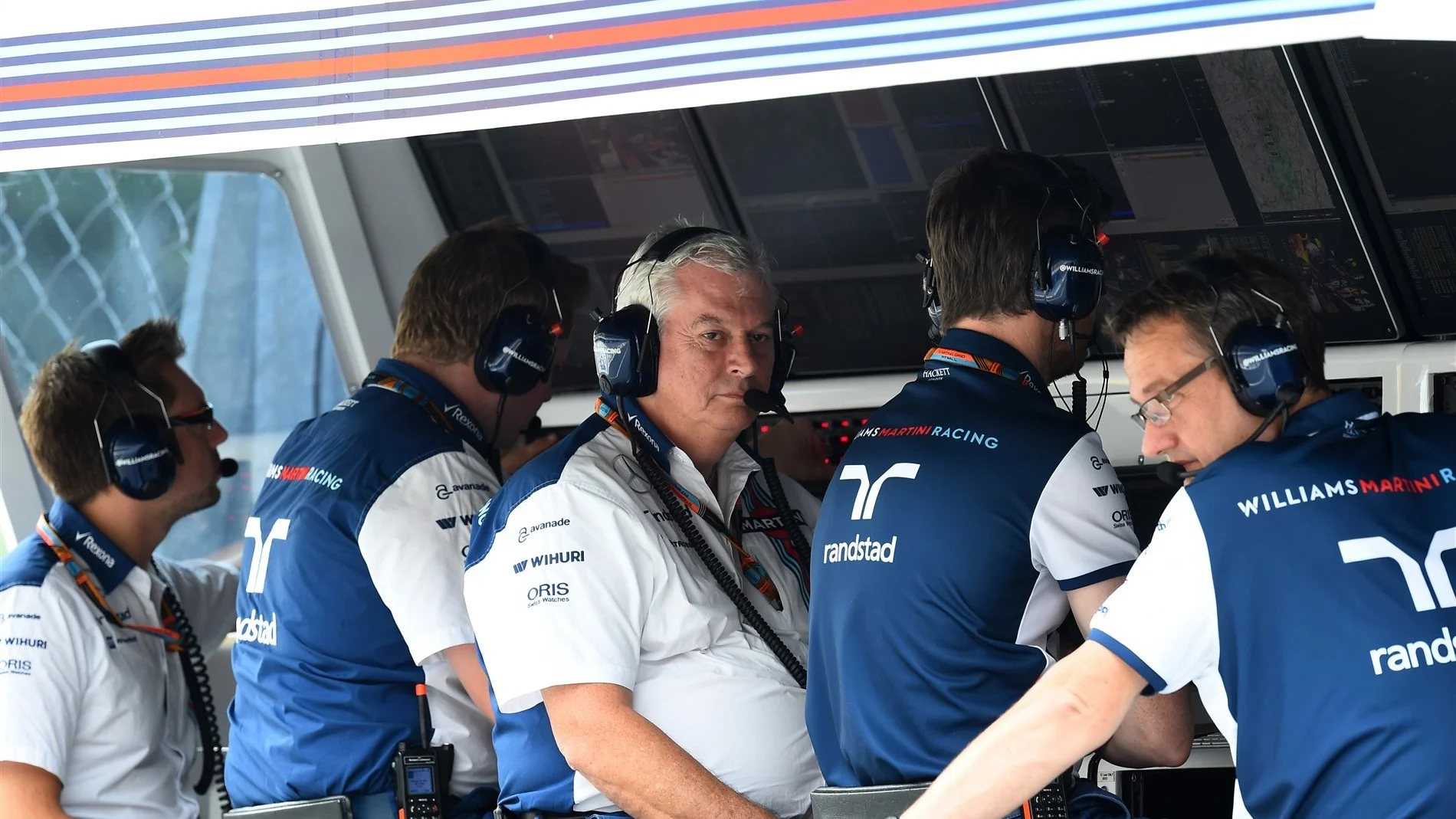
I think that most of our competitors improved more than we expected
Q: Was that early switch a strategic decision? At the moment you are a fairly comfortable fourth in the constructors' standings, and it doesn't look likely that those behind will catch up - while Red Bull might be too far ahead to realistically catch...
PS: Yes, it is a strategic decision. But also a necessary decision. We are a small team and we really couldn't afford to leave things very late. Teams like ourselves, Force India or Toro Rosso have to make such a switch early, whereas the Ferraris, the Red Bulls, the Mercedes and McLarens of this world, they have double the headcount that we have and can run parallel much longer.
Q: But was the relative security of a P4 finish also part of the decision process - and not only headcount?
PS: It made the decision easier.
Q: In all fairness the Williams FW38 is not the car you probably envisioned. Where has it gone astray?
PS: I think that most of our competitors improved more than we expected. We made the improvements that we more or less had expected to make. We probably didn't set the targets high enough. Some of our competitors have improved a lot. But a huge factor also was that the power units got much more equal - and that is eroding some of the advantage that we had...
Q: You've said that Mercedes' power unit supremacy will decrease next year too. Is that a fact, or just your belief?
PS: That is what I believe.
Q: Is it true that you've struggled to be sure that new upgrades will work? And if so, has that been a factor?
PS: No, not really. I am very pleased with that aspect. We had one aerodynamic situation that worked, yes - but not quite as we wanted. But everything else was very close to target. Very close.
Q: What have you learned for 2017? You just said that the power units are closing up: what will that mean for Williams next season?
PS: It just gets harder. But on the other hand it is also an opportunity. The 2013 car was aerodynamically very poor. The 2014 car was a major step forward under the new regulations and I have no reason to believe that we can't do it again.
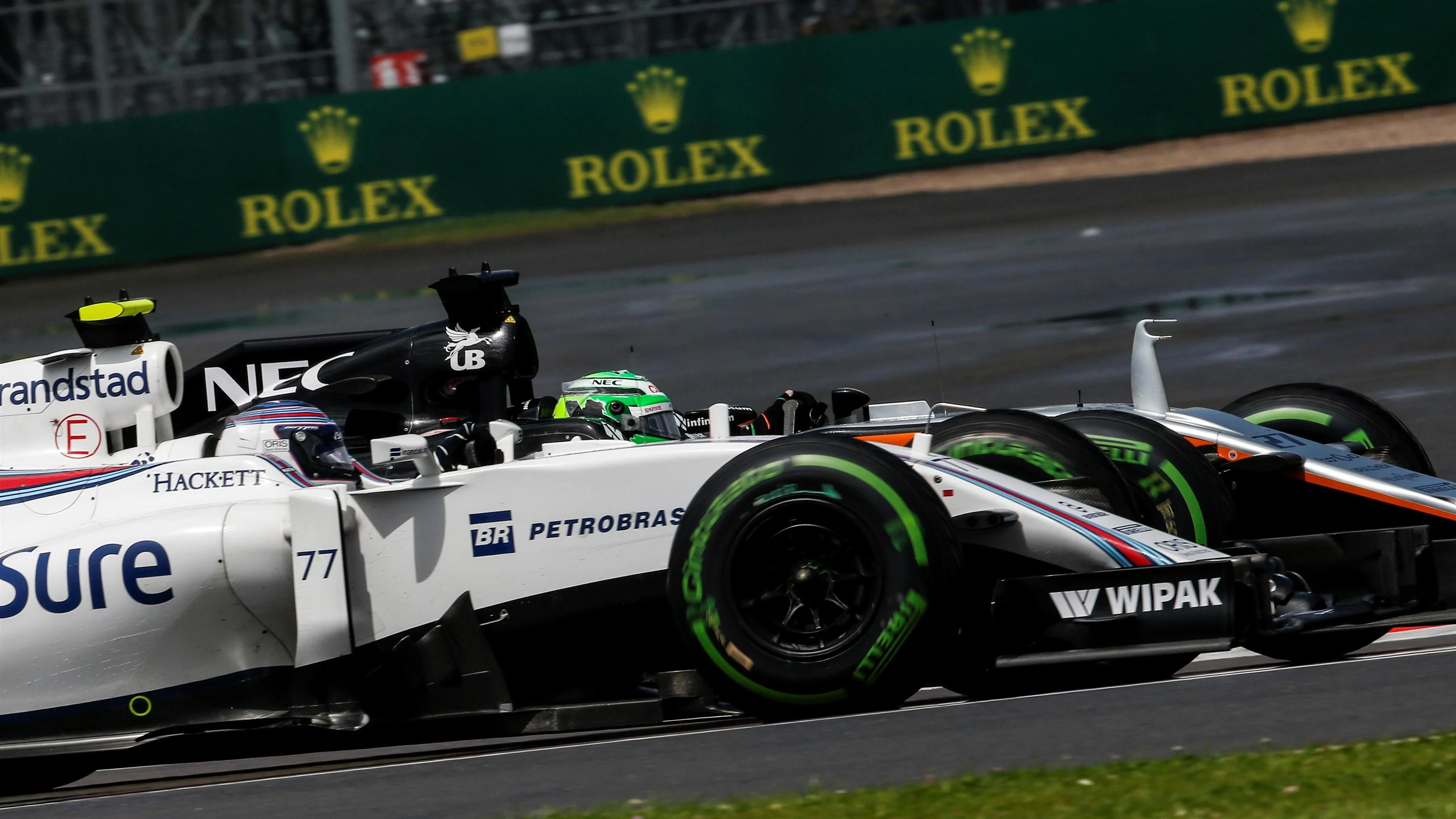
[In 2017] there is a lot more downforce - the drivers love that!
Q: Looking at all the changes the teams are facing: what does that mean for the drivers? We have seen world champions in the past that simply couldn't come to terms with their cars after rule changes. Do you expect that also for 2017?
PS: I think from the chassis and aerodynamics side - and the power unit - it will not be a problem for the drivers. Yes, there is more downforce - actually a lot more downforce - but that is not difficult to handle. The drivers love that! (laughs) Yes, we have seen in the past that some aerodynamic changes did not go down well with certain driving styles, but I don't expect that in 2017. What will really be a big change are the tyres. Pirelli has been asked to bring tyres that allow the drivers to push through the race. Now if they manage to do that it will be very different for the drivers. Right now the major skill that a driver has to have is to look after his tyres. If he oversteps the tyres 'bite' back. Pirelli has been asked to remove that characteristic. If they succeed then I think we will see a certain equalisation among the drivers.
Q: Will that also mean that a bit of the strategic element surrounding the tyres will be eliminated? The 'undercut' or 'overcut', the order of tyre usage - all that?
PS: Not eliminated - that would be a too strong word - but if Pirelli hit the target then I would expect that two-stop races turn into one-stop races and three-stop races turn into two-stop races. We will see wider windows to make the pit stop - so the strategic element will be less, but not eliminated. Of all the changes for 2017 the tyres will be the most crucial I believe. All teams aside from the three that do testing will have no knowledge of what the 2017 tyres will look like until they run them in February. Only Ferrari, Mercedes and Red Bull are testing - the rest, we need to see.
Q: Does that make you and the rest 'second-class teams'?
PS: Not second class, but we don't have the money to do it. We wanted to join, but then we worked out the costs and it showed that we couldn't afford to do it.
Q: So you need 'spies' at the tests...
PS: Ha, that would be welcome! Pirelli will disseminate the information as best as they can, but it will never be the same as running it on your car. And we certainly don't have a strategic relationship with any other team! (laughs)
Next Up
Related Articles
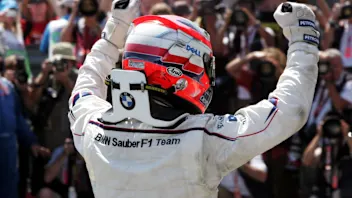 Tremayne'Why I’ll always have a soft spot for Sauber'
Tremayne'Why I’ll always have a soft spot for Sauber'/TEAM%20PREVIEWSHALF%20TERM%20REPORTS%20DISPLAY%20V1%20(13).webp) End Of Year Reports 2025Racing Bulls’ best and worst moments from 2025
End Of Year Reports 2025Racing Bulls’ best and worst moments from 2025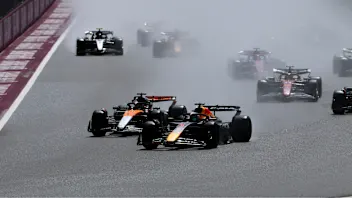 REVEALED: Your favourite race of the 2025 season
REVEALED: Your favourite race of the 2025 season End Of Year Reports 2025Williams’ best and worst moments from 2025
End Of Year Reports 2025Williams’ best and worst moments from 2025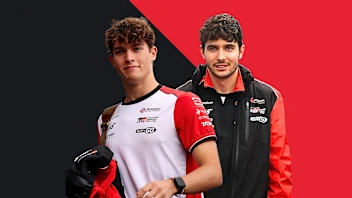 End Of Year Reports 2025Haas’ best and worst moments from 2025
End Of Year Reports 2025Haas’ best and worst moments from 2025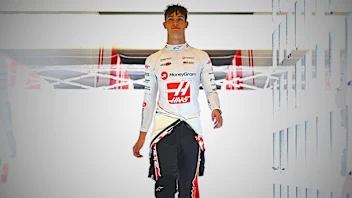 ExclusiveHow Bearman went from super-sub to star rookie in 2025
ExclusiveHow Bearman went from super-sub to star rookie in 2025